Discover Camino Frances Route - The French Way
-
Which stage of the Camino is for me?
The Full Camino is the ultimate adventure, hiking from the foothills of the Pyrenees to Santiago Cathedral.
Stage 1 is perfect for an authentic standalone experience with some more challenging sections.
Stage 2 highlights include the rolling vineyards of Rioja and the historic city of Burgos.
Stage 3 takes you through a landscape that's peppered with old churches and monasteries.
Stage 4 showcases beautiful Spanish towns and charming villages that are full of historical interest.
The Final Stage is perfect if you would like to experience the joy and feeling of completion without making a full month's commitment.
![Which stage of the Camino is for me?]()
-
What is accommodation like on the Camino?
Expect variety! From small family-run B&Bs and countryside cottages to slightly larger hotels in bigger cities and towns. You will always have your own room and bathroom and won't need to share with others.
Air-Con? Generally, the smaller accommodations we use do not offer air-con as they are old buildings and of a more traditional style. Most of the time, there will be some sort of fan in the room to cool you down during the hotter summer months.
Breakfast. Expect variety! One morning, you may feast on fresh pastries, bread, and cooked eggs. On other mornings, you may find the selection more limited with just bread and cheese on offer.
Upgrades. There are some very stylish upgrade options available along the Camino. If this sounds like your idea of bliss, you may want to consider our Camino in Style.
![What is accommodation like on the Camino?]()
-
Insider Tips for the Camino
Mass in Santiago de Compostela
Going to the pilgrim's mass in Santiago Cathedral is a powerful and moving experience. Whether you have hiked any of the Camino routes for religious reasons or not! There are two masses every day, one at 1200 and one at 1930. We recommend getting there early as they do get busy.
The Pilgrim's Menu
Look for places serving a Menu del Dia (or Pilgrims Menu). These 3-course meals, with wine and water, only cost around 10-15 EUR and are excellent value. In cities like Logroño or San Sebastian, it's worth forgoing the Menu del Dia and eating with the locals.
Lunchtime on the Camino
Don't worry about packed lunches. On the Camino Frances, there are bars, restaurants, and shops at regular intervals. There will always be somewhere for you to eat on the route. Most of these places will also be happy to stamp your Pilgrim's Passport and wish you a Buen Camino!
Prepare for a wait in Santiago
If you go straight to the Pilgrims Office in Santiago to get your Compostela certificate, be prepared to wait. Queues can be up to 2 hours long, so we would recommend either packing some comfortable shoes to change into or going back the next morning when it is quieter.
Learn a little of the local lingo
While you will get by without speaking the language, the locals will really appreciate it if you try. Even learning the pleasantries is a great start. For extra credit, try learning a few Galician words or if you are starting the Camino del Norte, learn a few words of Basque.
![Insider Tips for the Camino]()
-
Camino Frances: Essential Facts
What is the Camino Frances?
The Camino Frances is the most popular of the nine major Camino de Santiago routes. Starting in Saint-Jean-Pied-de-Port in France, it crosses the Pyrenees and winds through regions like La Rioja and Galicia, ending at the Cathedral of Santiago de Compostela.
How old is the trail?
The Camino has existed for over 1000 years and dates back to the 9th century when the remains of St James were first discovered. This discovery led to the creation of a religious shrine which marks the birth of this trail. In 997 the shrine was destroyed by a Moorish army but by the 12th century, the Cathedral had been rebuilt and has been attracting pilgrims ever since!
How long is the Camino?
The Camino Frances route (the French Way) stretches right across the north of Spain. It starts in France, in St Jean Pied de Port, and leads pilgrims all the way to Santiago de Compostela, 791km to the west.
How long does it take to hike the Camino Frances?
Hiking the full route takes about 35-40 days. Alternatively, many travelers choose to hike individual sections, such as the final 100km from Sarria to Santiago, which takes about a week.
What's the weather like?
With it being such a long trip, it is hard to generalize about the weather on the Camino Frances. Generally, the north of Spain is cooler and does attract more rain than the south. We suggest always having light waterproofs in your daypack.
What is the best time to walk the Camino Frances?
The best time to hike the Camino Frances is between April and October, with May, June, and September offering ideal weather conditions.
How do I earn the Compostela?
To get your Compostela, you need to hike at least 100km. Many travelers start their trip from Sarria, almost exactly 100km from Santiago. If you are biking, you need to bike at least 200km, so many people begin their cycling pilgrimage in Leon.
How much does it cost to walk the Camino Frances?
Costs vary depending on your itinerary and preferences, but self-guided tours with Macs Adventure typically range from $705 to $4,995, depending on the length and accommodation style.
How many people walk the Camino Frances each year?
Over 300,000 pilgrims hike the Camino Frances annually, making it the most traveled Camino de Santiago route.
![Camino Frances: Essential Facts]()
-
The Macs Adventure Difference
Why Choose Macs Adventure for the Camino Frances?
- Expertly Planned Itineraries: Tried-and-tested routes designed for an unforgettable experience.
- Turn-by-Turn Navigation: Use our award-winning Macs Adventure app for GPS guidance and local insights.
- Comfortable Accommodations: Enjoy hand-picked accommodations with private rooms and en-suite bathrooms.
- Daily Luggage Transfers: Hike with just a daypack—your luggage is taken care of.
- Pilgrim Pack Included: Receive your Camino travel documents, guidebook, and a Camino scallop shell.
- On-the-Ground Support: Local expertize and assistance are available every step of the way.
Our self-guided Camino Frances tours are perfect for independent travelers looking for the freedom to walk at their own pace with the reassurance of expert support. Whether you want to complete the full route or just the final stage, Macs Adventure ensures your Camino is seamless, rewarding, and unforgettable.
Let us handle the logistics while you focus on the adventure. With Macs Adventure, your Camino journey begins with confidence.
If you’re ready to start your Camino Frances pilgrimage or need help deciding which itinerary is best for you, download our Free Camino Guide or speak to one of our Camino experts today. Buen Camino, Peregrino!
![The Macs Adventure Difference]()



















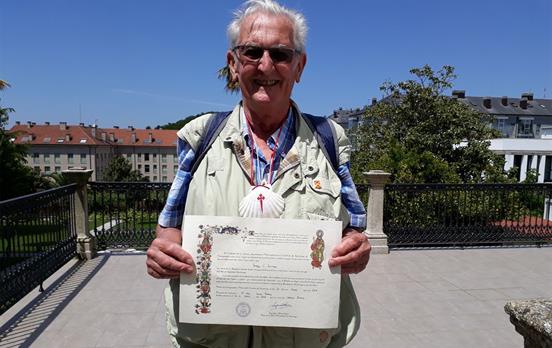

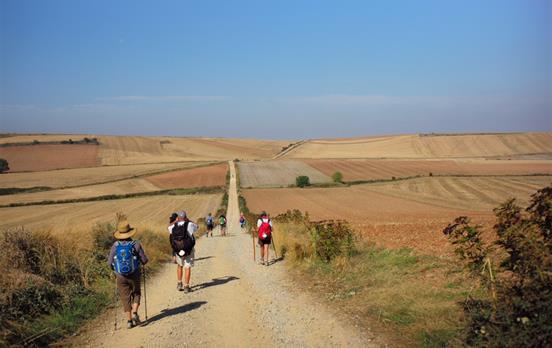

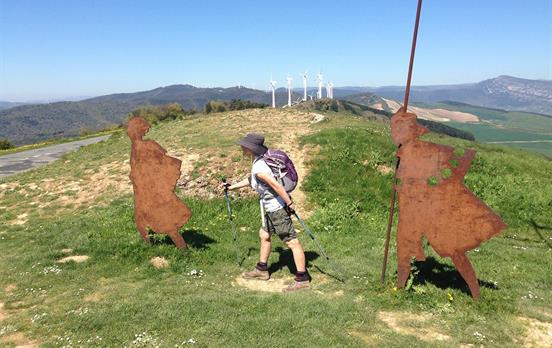
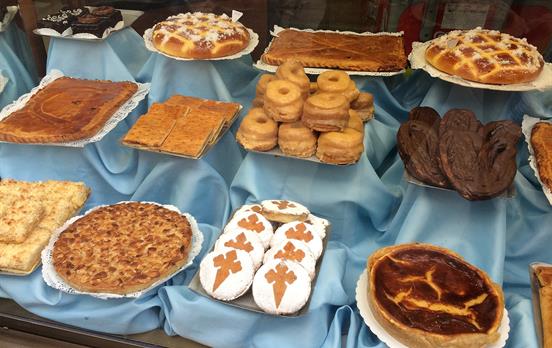
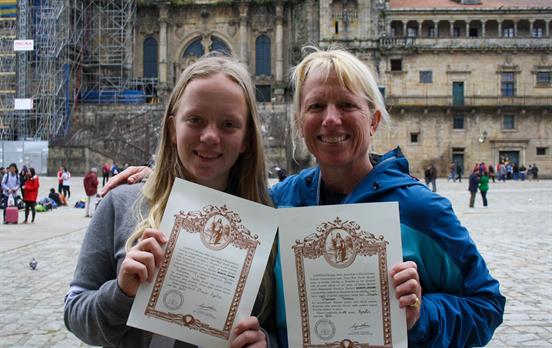

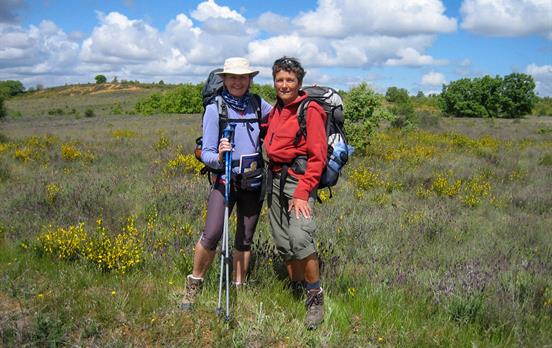
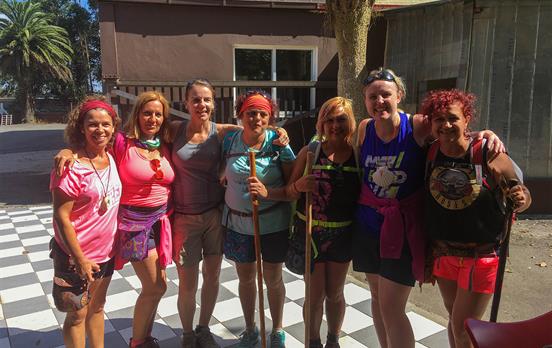
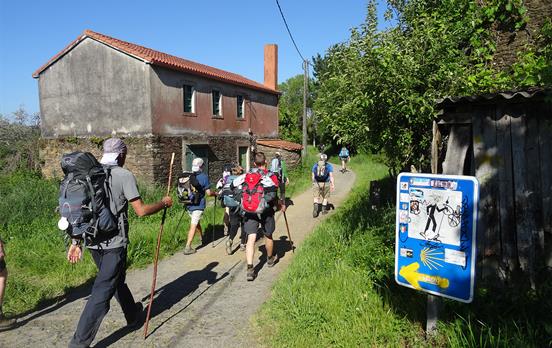
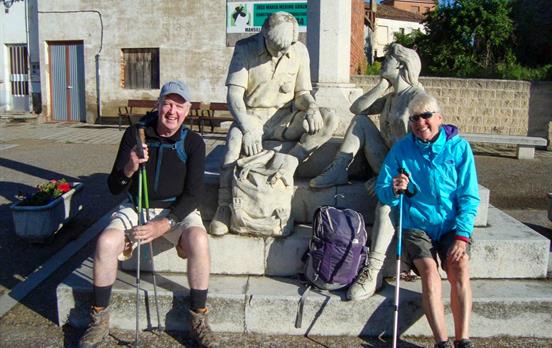
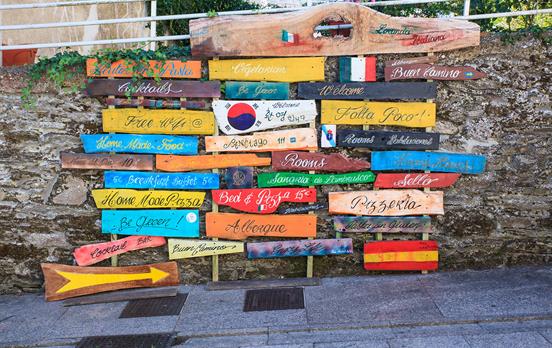


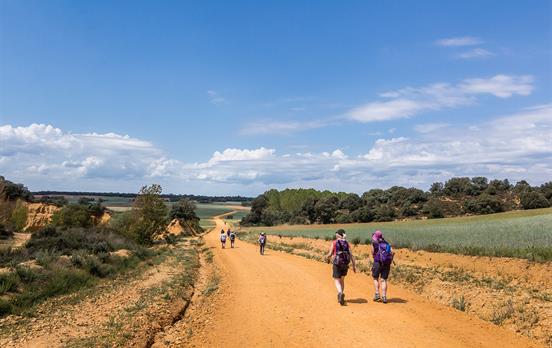
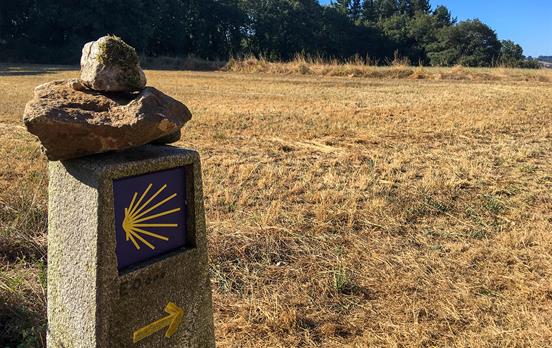
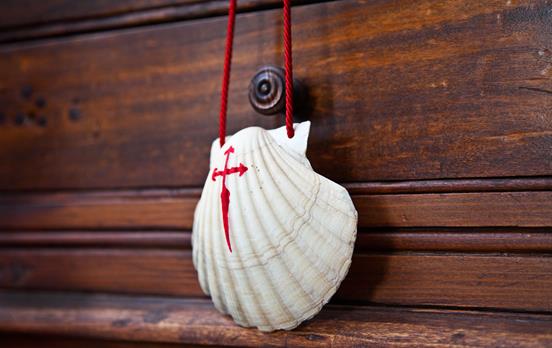
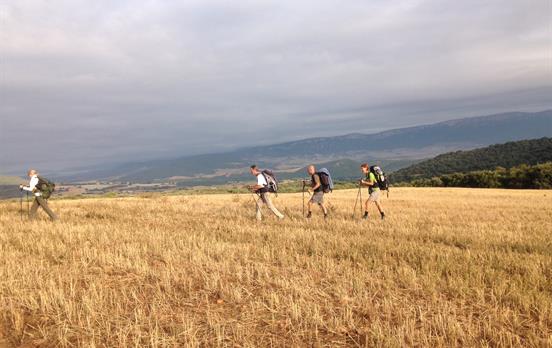
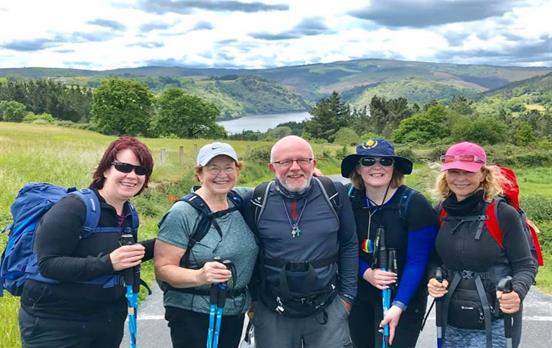

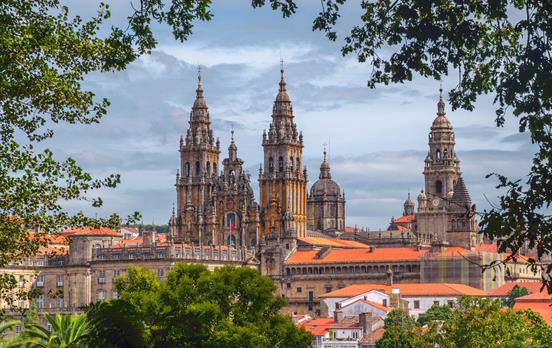
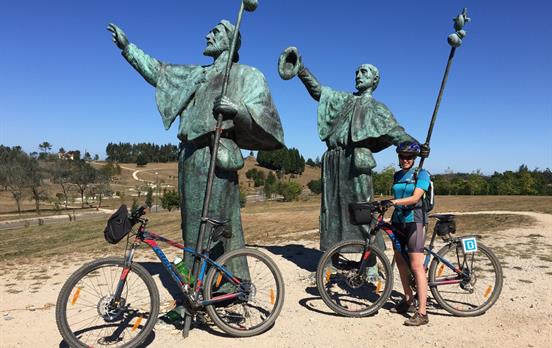
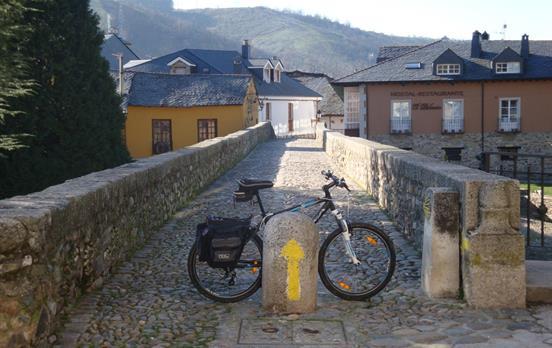
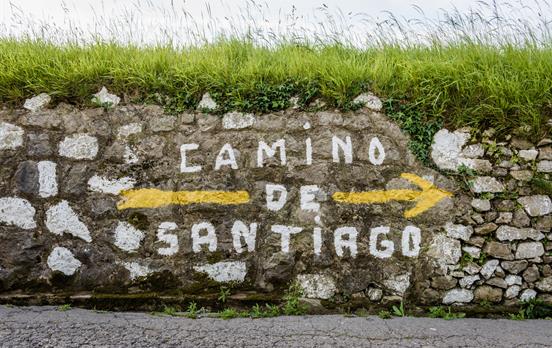
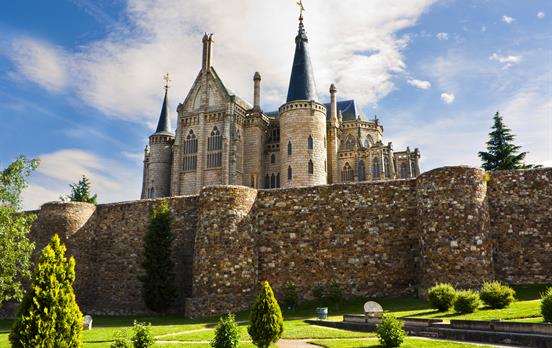
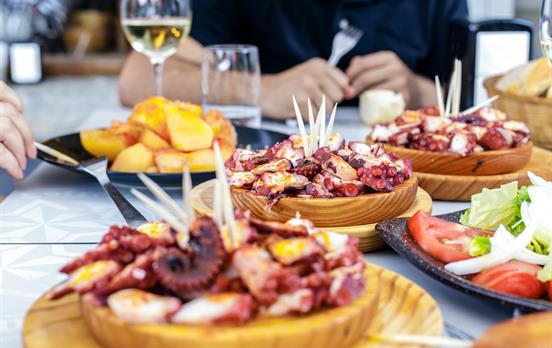
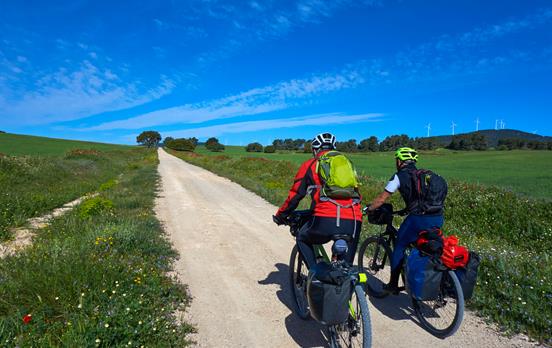
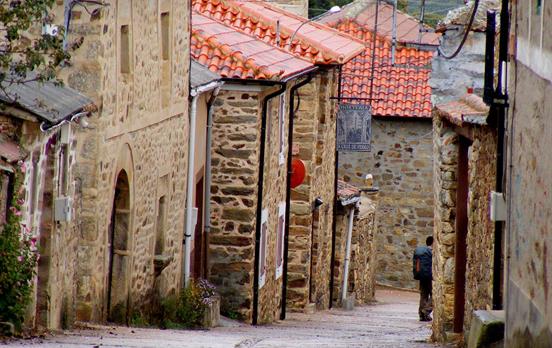
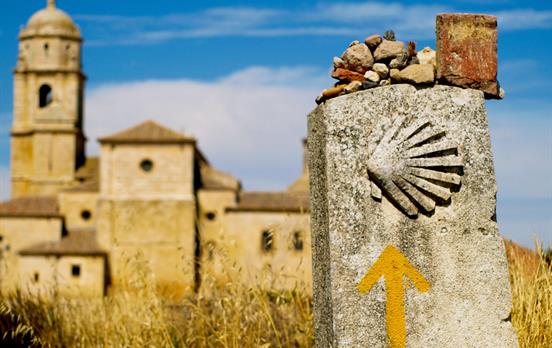







































 Canada
Canada